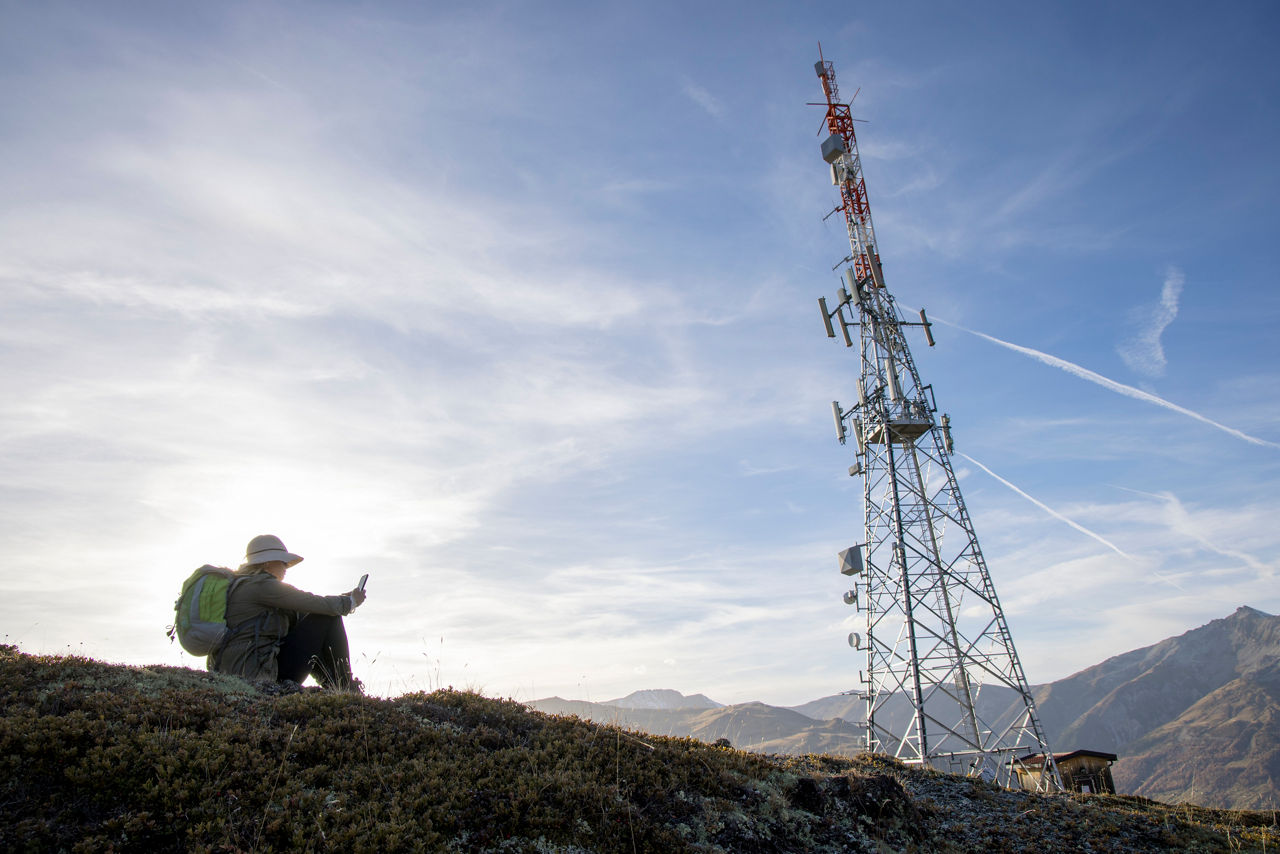Features and Benefits
As bandwidth requirements increase, data centers need to accommodate more data transmission capability into less space. Easily installed and maintained cable and connectivity solutions that reduce system downtime, assembly errors and maintenance costs are necessary to meeting AI-driven demands.
Using compact trunk cable designs to increase capacity helps simplify system upgrades, reduce design work and streamline installation. This enables data centers to limit system downtime and maintenance time, thereby reducing costs.
OptoTrunk Cables combine multiple cables into one, using high-density connectors like 144F Expanded Beam Optical (EBO) and LC cartridges to enable efficient, space-saving connectivity.
Applications by Industry
Backbone cables
Pre-terminated assemblies
Transition cables
Communication wiring
Routing stations
Switching stations
Backbone cables
Distribution points
High-security communication systems
Online learning networks
This is not a definitive list of applications for this product. It represents some of the more common uses.
Frequently Asked Questions
Why should someone purchase OptoTrunk Cables?
OptoTrunk Cables can easily accommodate higher bandwidth needs, helping improve scalability in data centers.
Where are common applications of OptoTrunk Cables?
OptoTrunk Cables are primarily used in data centers, telecommunications networks, internet backbone installations, enterprise networks, broadcasting, government and military applications.
Why use OptoTrunk Cables instead of multiple fiber assemblies?
OptoTrunk Cables offer simplified installation by consolidating multiple fiber strands into a single cable, providing a far more cost-effective solution.
Is there a performance bonus in using fiber optic trunk cables instead of fiber assemblies?
Fiber optic trunk cables are available pre-terminated and tested to ensure high performance and reliability. This reduces the likelihood of performance issues related to improper termination or installation errors.








